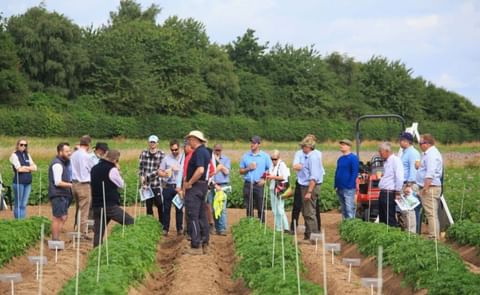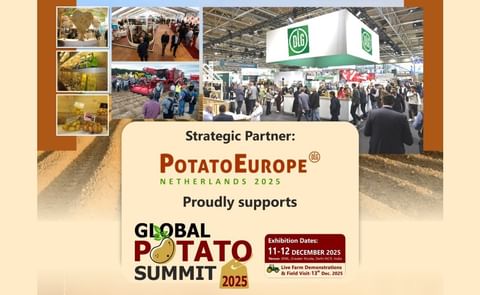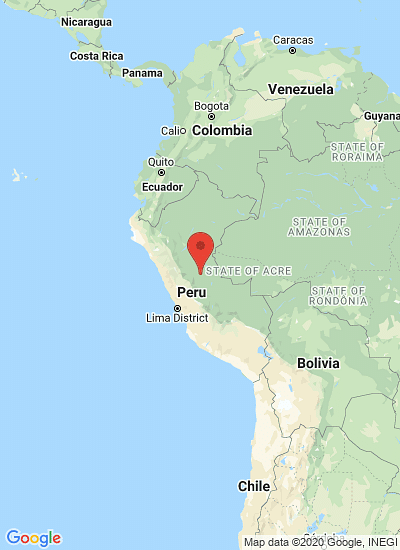Excessive rains and the increased presence of late blight disease devastated Peru’s Cusco region in 2010, prompting the government to declare a national emergency. The following season, the food security of communities in the region’s Paucartambo province was maintained due in part to two improved potato varieties developed by the International Potato Center (CIP).
The Pallay Poncho and Puka Lliclla varieties are both resistant to late blight disease, a fungus that is posing an increasing threat to potato production in the Andes.
“Three years after their formal release, the yield of these two potato [varieties] was about 8 times higher than any of the 150 native potato varieties grown in the Cusco region,” explains Stef de Haan, CIP potato breeder, adding “It made the difference between having enough to eat, or not.”
Pallay Poncho and Puka Lliclla give yields of approximately 15-16 tons per hectare, compared to 5 tons per hectare from traditional native potatoes. Following the floods of 2010, yields from the improved varieties were maintained, while traditional varieties produced yields of about 2 tons per hectare, due to late blight damage.
Back in 2003, CIP joined forces with the Peruvian Ministry of Agriculture and Peru’s National Institute of Agrarian Innovation (INIA) after late blight wiped out the native potato harvest of a large farming community in Paucartambo. It was the first time that the disease had occurred at such a high altitude.
“The rise in temperature due to climate change makes formerly untouched areas fall victim to the potatoes most feared disease, late blight, which is causing more damage with each year,” says CIP agronomist, Manuel Gastelo.
The improved varieties were chosen through a participatory selection process involving 200 farming families in the affected area working with 20 Andigena clones with expected late blight resistance. After 5 years of testing, the two clones with the best properties and performance, Pallay Poncho and Puka Lliclla, were chosen in collaboration with the community.
Today, small-scale Andean farmers, averse to risk, grow the two varieties along with numerous native varieties. The improved varieties have not replaced local ones. Instead, they are used as a sort of insurance in case traditional varieties are damaged by disease.
While this example is notable, it is not unique.
Investment in the breeding of improved varieties is showing huge payoffs all over the world. A recent CIP study analyzing survey data from 23 national potato breeding programs in developing countries showed a rate of return on investment of approximately 20 per cent. The study also found that more than one million hectares of land in developing countries had been planted with CIP-linked varieties, with most of the benefits accruing to poor producers and consumers.
However, the trend toward lower investment in long-term global research initiatives, such as breeding, is threatening to compromise such advances. Likewise, pressures from donors to produce short-term results for targeted programs are moving investment away from upstream research spanning several years, even when it has the potential to produce the biggest impact in the longer run.





